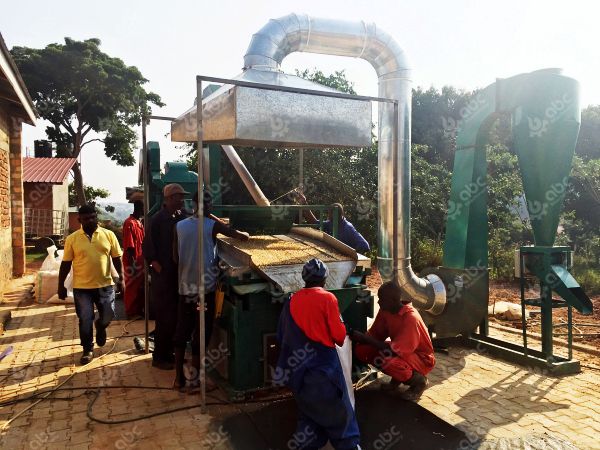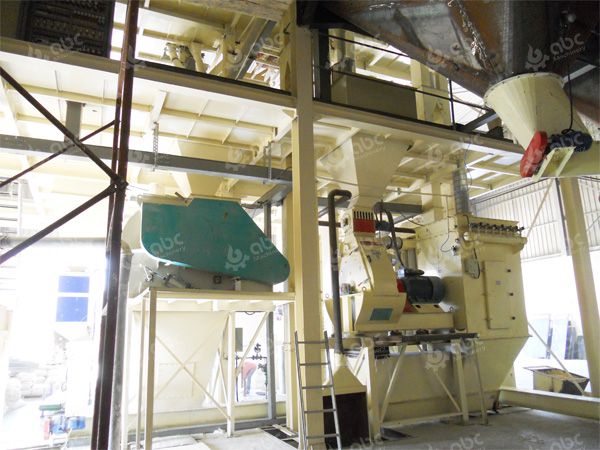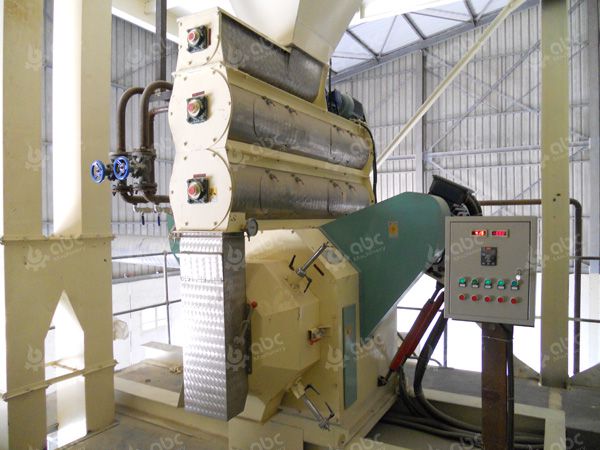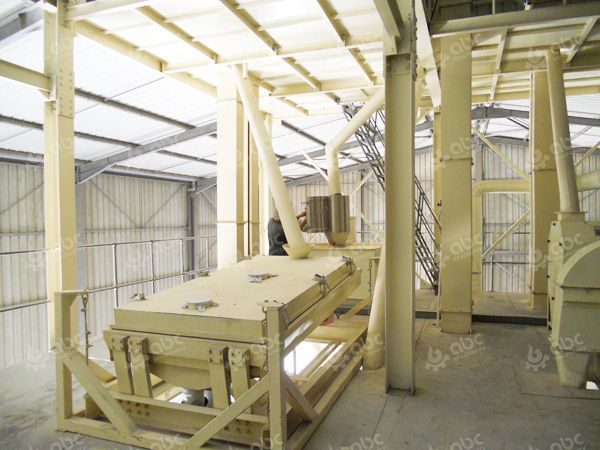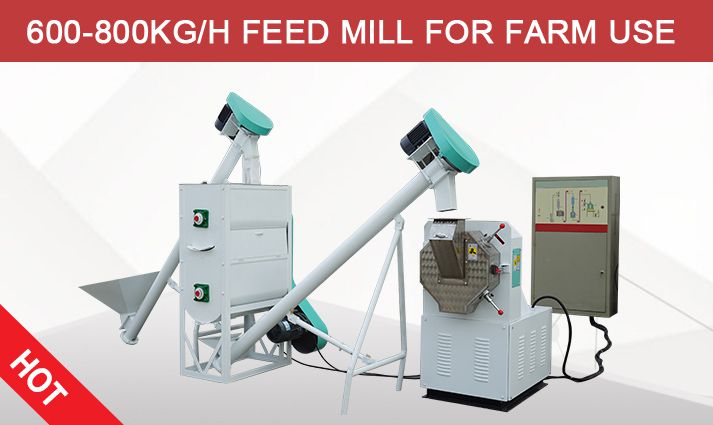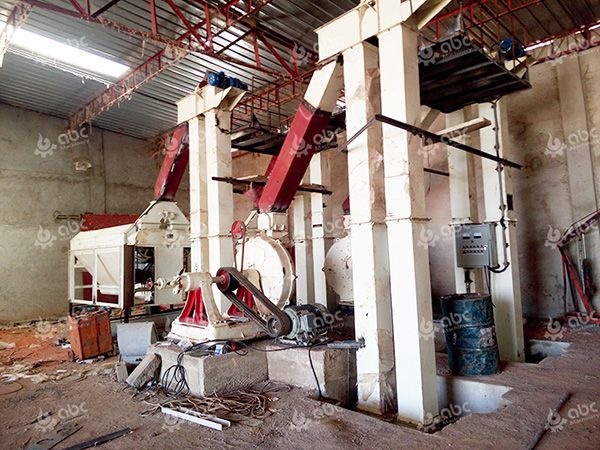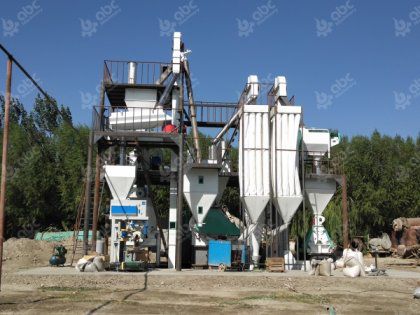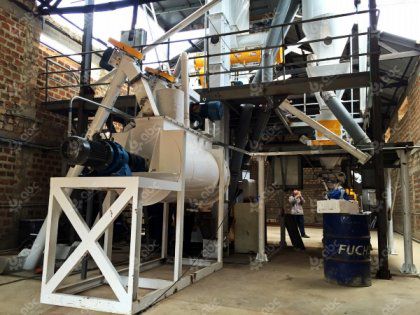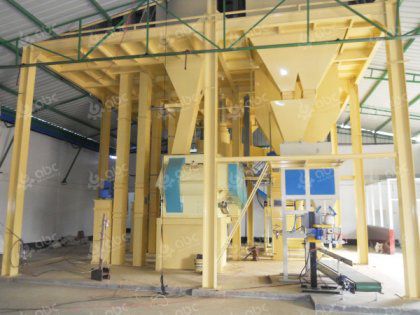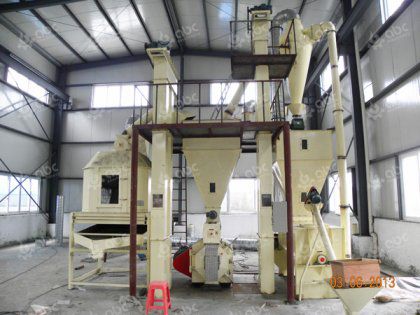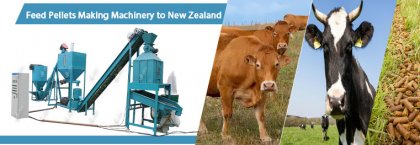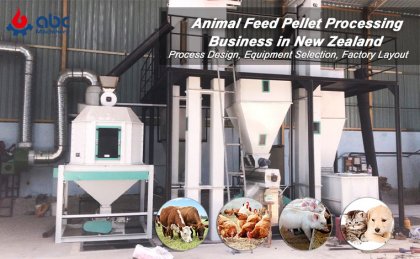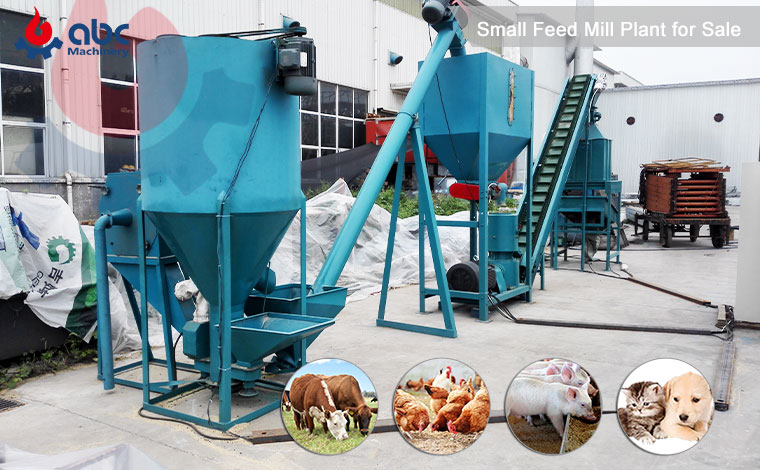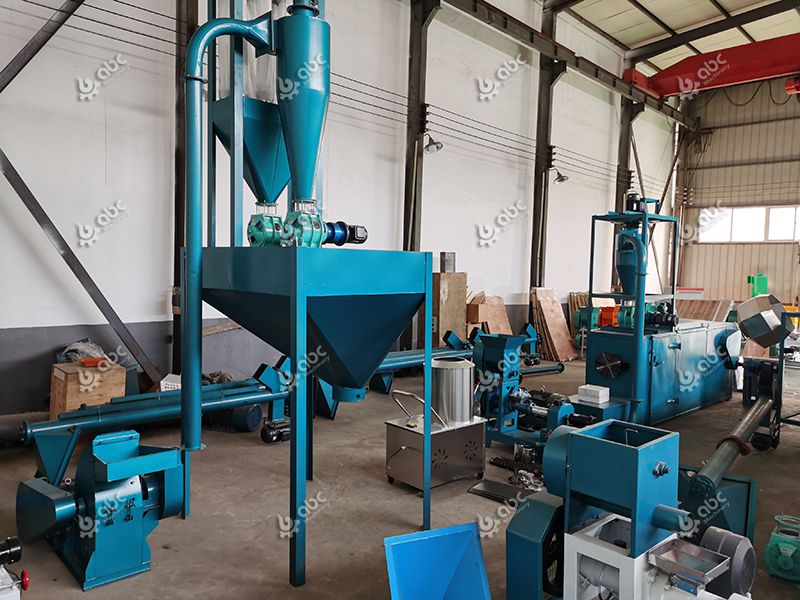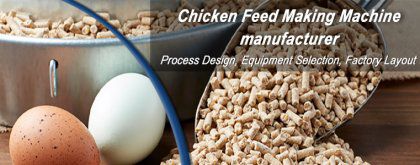1. Compound feed raw material reception
- Reception of bulk raw materials: those bulk raw materials transported by trucks or train shall be weighed by weighbridge and discharged into discharging pit.
- Reception of packaged raw materials: is divided into manual handling and mechanical receiving.
- Reception of liquid raw materials: bottled and barreled raw materials can be carried directly by manual handling.
2. Compound feed Raw material storage
There are many kinds of raw materials for producing compound feed, so different kinds of storage bins shall be applied. There are two kinds of storage bins for a feed pellet factory: storage silo and warehouse (storage house).
Main raw materials like maize, sorghum or other grains raw materials have good fluidity and not easy to lump, so they shall be stored in silo; while by-products like bran, soybean meal and other powder raw materials have poor dispersion feature, and they are easy to lump after stored for a period of time, so they shall be stored in warehouse.
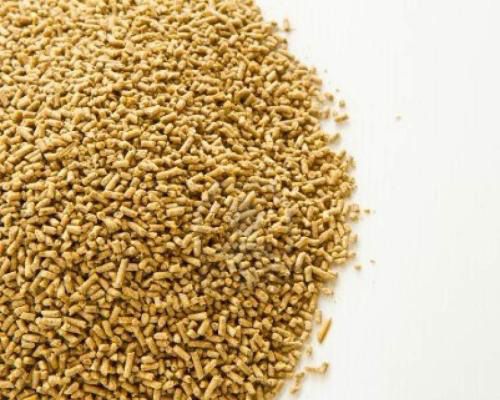
3. Compound feed raw material cleaning
The impurities in feed raw materials not only affect the quality of the feed products but also directly relate to the safety of feed processing equipment and operators. In serious case, the whole equipment can even be destroyed, which affects the smooth progress of the feed production, so they should be removed in time.
The cleaning equipment of the feed plant is based on screening and magnetic separation equipment. Screening equipment is used to remove large and long impurities such as stones, mud blocks and sacks. The magnetic separator is mainly used to remove iron impurities.
4. Feed raw material comminution
The technological process of feed crushing is determined according to the requirements of granularity and variety of feed. According to crushing times, there are primary crushing technology and cycle grinding technology (or secondary crushing technology). According to the combination form with batching, it can be divided into first batching then crushing technology and first crushing then batching technology.- Single cycle secondary crushing process: use one set of crusher to pulverize material and then sieve; the material above the sieve will go back to the crusher for re-crushing.
- Stage secondary crushing process: The basic setting of the process is to use two different shredders with different sieves, and on each crusher there is a grading sieve; the material first sifted and sieved by Sieve1, and the siftages that meet the granule size requirements will go directly to the mixing machine, while the material on the screen enters Crusher 1, and the crushed material is then entered into the grading screen for sieving. The material that meets the requirements of particle size enters the mixer, the rest of the sieve enters the Crusher 2 and pulverized and crushed into the mixer.
- Combined secondary crushing process: this process is to use different types of crushers in the two grinding, the first use of the roller mill, after the grading sieves, the siftages go into the mixer, the material above the sieve go into the hammer mill crusher for second comminution.
4. Crushing before batching technology
5. Compound feed batching technology
At present, the commonly used technological processes for compound feed production include manual addition batching, volumetric batching, one bin one scale batching, multi bins multi sclaes batching, multi bin one scale batching, etc.6. Compund feed mixing process
It can be divided into two types: batch mixing and continuous mixing.- Batch mixing is to blend all components together according to the proportion of the feed formula, and deliver them into the periodic "batch mixer" for mixing. This mixing method is more convenient for replacing the feed formula, and the intermixing between each batch is less, so it is a widely used kind of mixing process. As its start and stop operation is frequent, mostly it is controlled by automatic program.
- The continuous mixing process is to continuously measure all kinds of feed components at the same time respectively, and proportionately batch to a stream of material containing various components. When the stream enters a continuous mixer, it is mixed continuously into a uniform flow of material. The advantage of this process is that it can be carried out continuously, easily connected with comminution and pelletizing. The advantage of this technology is, the production does not need to operate frequently, but when changing the formula, the adjustment of the flow is more troublesome and the material residue in the continuousconveying and continuous mixing equipment is more, so the intermixing problem between the two batches of feed is more serious.
7. Compund feed pelletizing process
- Conditioning: conditioning is the most important step in feed pelletizing process. The conditioning quality directly derermines the quality of feed pellets. The reason why conditioning is necessary is that, it can temper the batched and mixed powder materials to let them easy to form feed pellets. Nowadays the most boradly used conditioning method in feed processing plant is to add steam.
- Feed pelletizing
- Ring die feed pellet mill: after conditioned, the material is evenly distributed between the pressing roller and ring die, in this way, the material enters into the extrusion zone, and is continuously extruded by the pressing roller and enters the holes in ring die to form the cylindrycal shaped feed, and is cut by the cutting knife fixed on the inside of the pellet mill gate with the rotating of ring die.
- Flat die feed pellet mill: the mixed material enters the pelletizing system. The rotating distributor in the upper part of the pelletizing system evenly spreads the material on the flat die (plate) surface, then presses the material into the die hole and presses out from the bottom, and the bar shaped feed through the die hole is cut into demanded length by the cutting knife.

